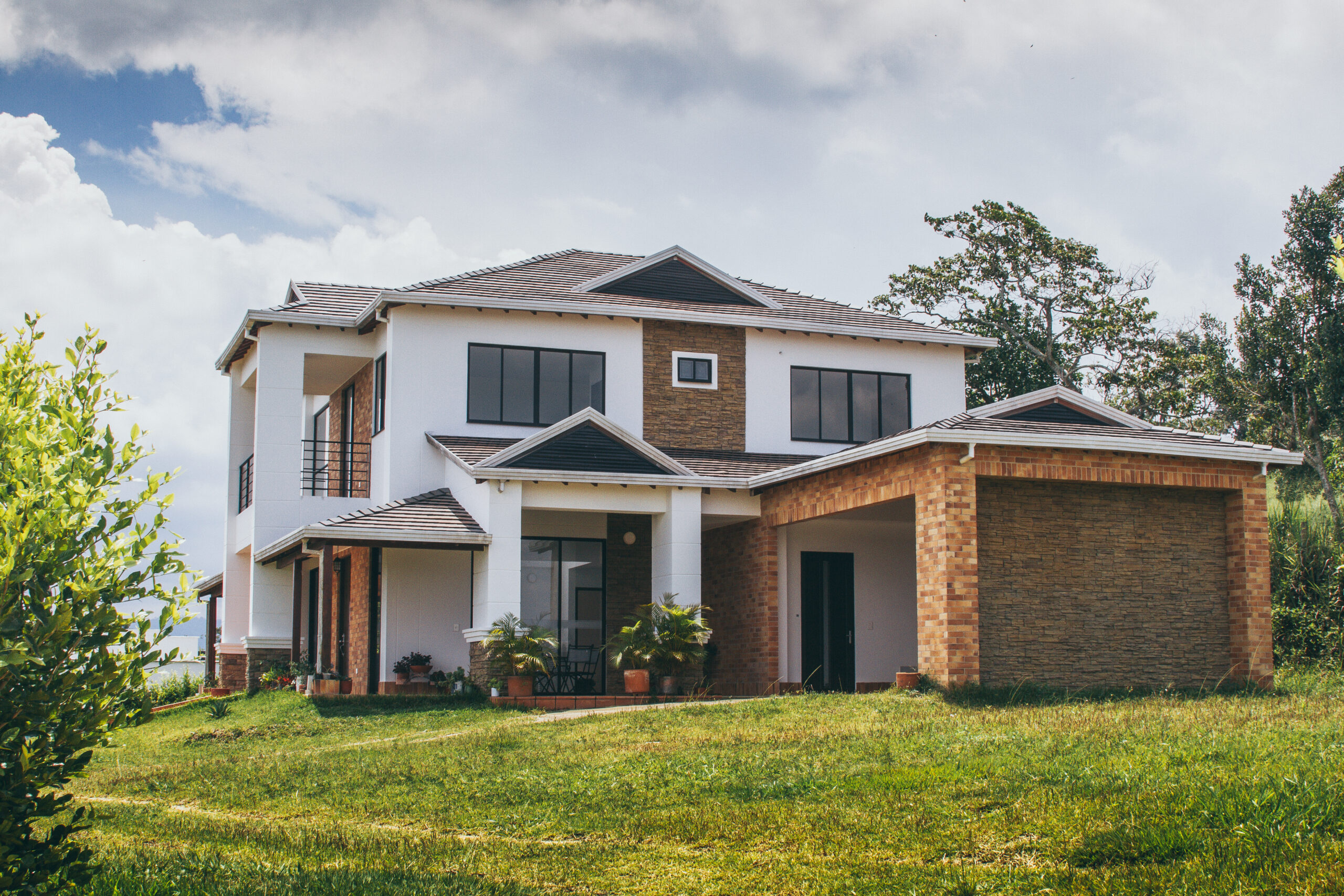
Welcome to the sixth installment of our series on the Minister’s Housing Allowance and related topics. As we venture further into the unique financial landscape ministers navigate, it’s essential to understand the distinctions and implications of residing in a parsonage compared to receiving a housing allowance. Both options come with their sets of benefits, drawbacks, and tax implications. Let’s break down these components for a clearer understanding.
Definition of a Parsonage
A parsonage, also commonly referred to as a manse or rectory, is a residence the church or religious organization provides for its minister. It’s a property owned or rented by the church and is given to the minister as part of their compensation package for the services rendered to the congregation.
Benefits and Drawbacks of Each
Parsonage:
Benefits:
- Stability: Ministers don’t have to worry about fluctuations in the housing market or arranging for housing.
- No Direct Housing Costs: Ministers aren’t directly responsible for mortgage payments, property taxes, or rent.
- Maintenance: Major maintenance or repair costs are typically handled by the church.
Drawbacks:
- Less Autonomy: Ministers might have less freedom to choose their residence’s location, type, or specifics.
- Equity: Unlike homeownership, residing in a parsonage doesn’t build equity over time.
- Potential for Frequent Moves: Relocation might be more frequent if the minister changes churches or roles.
Housing Allowance:
Benefits:
- Flexibility: Ministers have the freedom to choose where and how they live.
- Equity Building: If used for purchasing a home, ministers can build equity over time.
Drawbacks:
- Fluctuating Costs: Ministers are exposed to housing market fluctuations and potential increases in rent or property values.
- Maintenance Responsibilities: They are responsible for home repairs and maintenance unless they rent a property where these are covered.
Tax Implications of Living in a Parsonage
The tax treatment of a parsonage differs from that of a housing allowance. Here are some key points to consider:
- Exclusion from Income: The fair rental value of the parsonage (including utilities) is excluded from the minister’s gross income for income tax purposes. However, this exclusion doesn’t apply to self-employment taxes.
- Furniture and Other Additions: Any allowance or provision for furnishings, home improvements, or other related expenses beyond the actual parsonage and essential utilities might be considered taxable income.
- Opting for Both: In situations where a minister receives both a parsonage and a housing allowance (for additional housing-related expenses not covered by the parsonage provision), careful consideration must be given to ensure compliance with IRS regulations.
For detailed guidance, always refer to IRS Publication 517.
Conclusion
Whether providing a parsonage or a housing allowance, ministers enjoy unique financial provisions related to their housing. Understanding each option’s distinctions, benefits, and implications empowers ministers to make informed decisions and optimize their financial well-being. Stay tuned for our next article as we continue to shed light on the multifaceted economic landscape navigated by ministers.
For informational purposes only. It is important to consult a professional before implementing any strategies or ideas.
